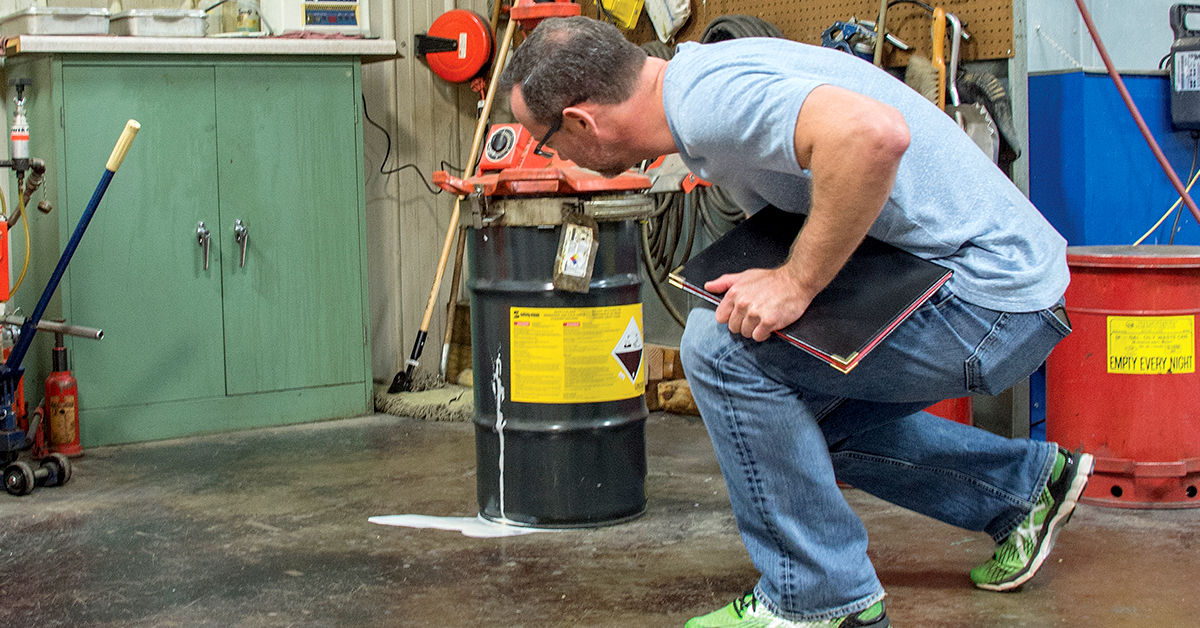Training employees who call for emergency help
Date Posted: 01/20/2020

You have an action plan in case of a fire or other emergencies. If one of those potential emergencies is a hazardous chemical release, however, your employees may need special training even if they only alert the proper authorities before evacuating.
Employees likely to witness a discover a significant hazardous substance release may be expected to notify the proper authorities. For example, a security guard might be expected to recognize an emergency release and contact authorities. Under OSHA's Hazardous Waste Operations and Emergency Response (HAZWOPER) standard, such employees must be trained at the first responder awareness level, even if they take no action beyond notification.
Among other things, that training covers hazardous substances and risks, an understanding of potential outcomes, and the ability to recognize an emergency. There is no specific number of hours required in this training; rather, OSHA says the employee must develop the required competencies regardless of how long it takes.
Incidental or emergency?
Not every chemical spill creates an emergency. OSHA recognizes a difference between an incidental and an emergency release. An incidental release does not pose a significant safety or health hazard to employees in the immediate area or to the employee cleaning it up, and it does not have the potential to become an emergency in a short time frame. It may be safely cleaned up by employees familiar with the hazards (think of hazard communication training). OSHA gave an example of workers repairing a small leak caused by routine maintenance, where the release can be addressed without threatening the safety or health of employees.
However, the properties of the material (toxicity, flammability, volatility, etc.), local ventilation, and even the availability of personal protective equipment may impact whether a release is incidental, or constitutes an emergency. Even a relatively small release could be an emergency in the right (or wrong) circumstances.
Containing a release
The HAZWOPER standard requires training beyond the awareness level for employees who take further actions. The first responder operations level requires eight hours of training, and allows the employee to respond defensively. The worker would not try to stop the release, but could contain it from a safe distance and keep it from spreading by placing sorbent, constructing dykes, shutting off valves outside the danger area, or activating emergency control systems. If an employee will approach the point of release in order to stop the release, the individual would require 24 hours of training at the hazardous materials technician level.
Now, if workers decide they cannot (or should not) respond and simply evacuate the area, they would not need HAZWOPER training - not even at the first responder awareness level, if they aren't expected to contact authorities. They may have received training under the hazard communication standard, but would otherwise follow your emergency plan under 1910.38.
How Safety Management Suite Can Help
E-mail Newsletter
Sign up to receive the weekly EHS Insider email newsletter for safety articles, news headlines, regulatory alerts, industry events, webcasts, and more.